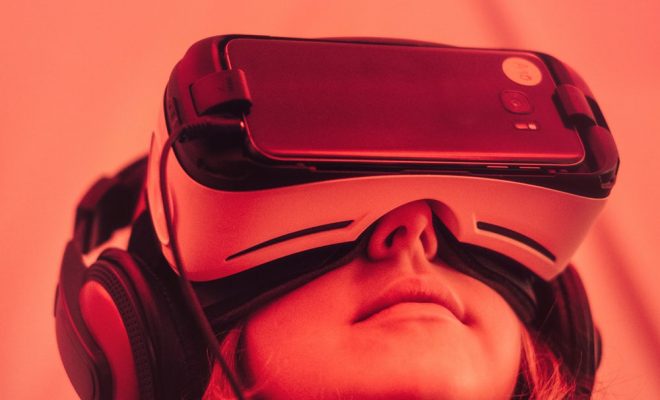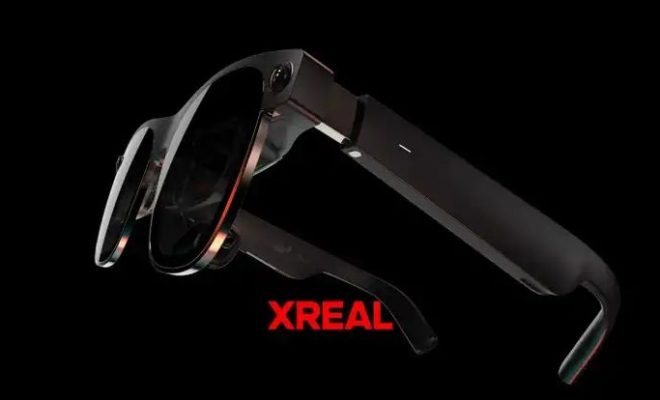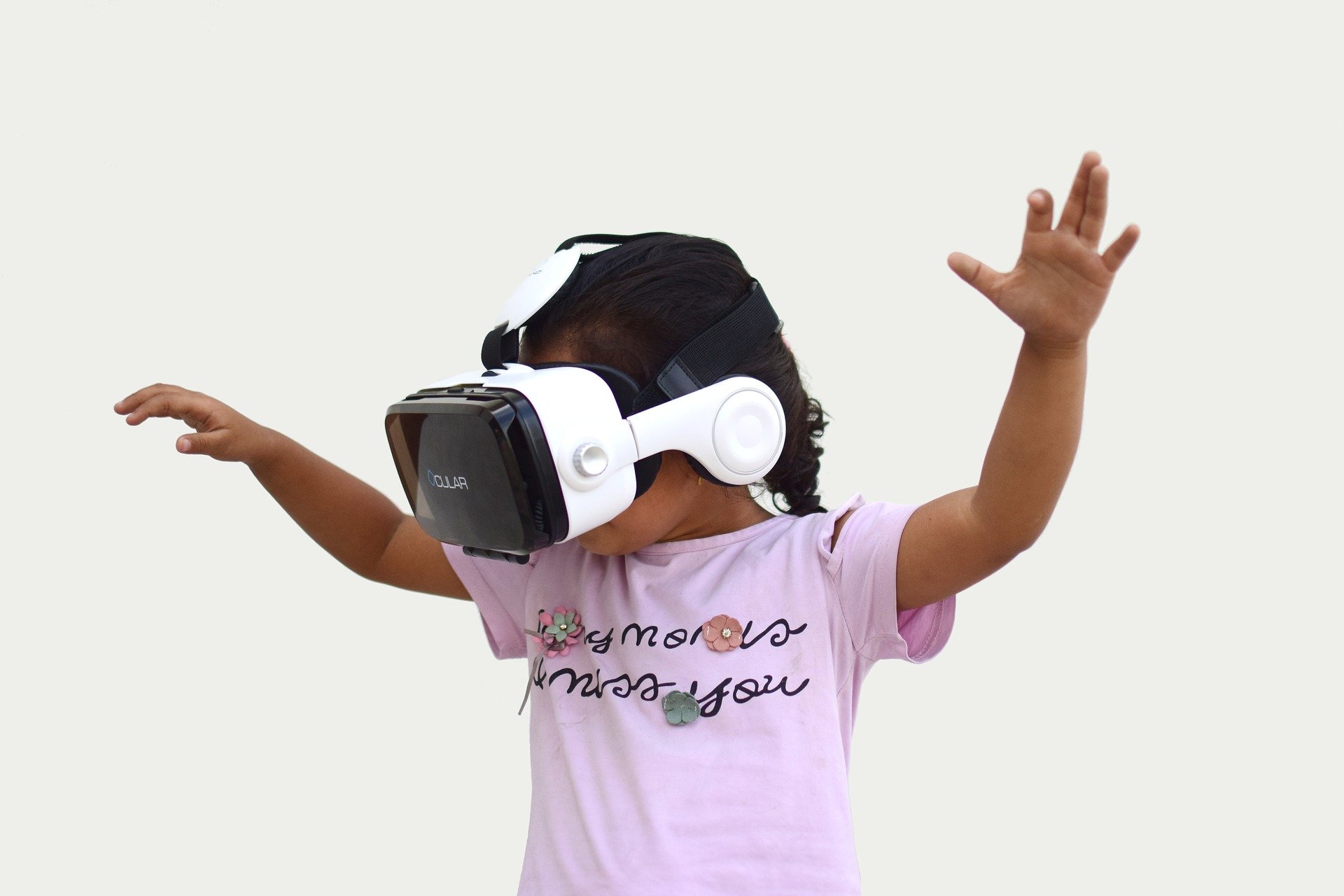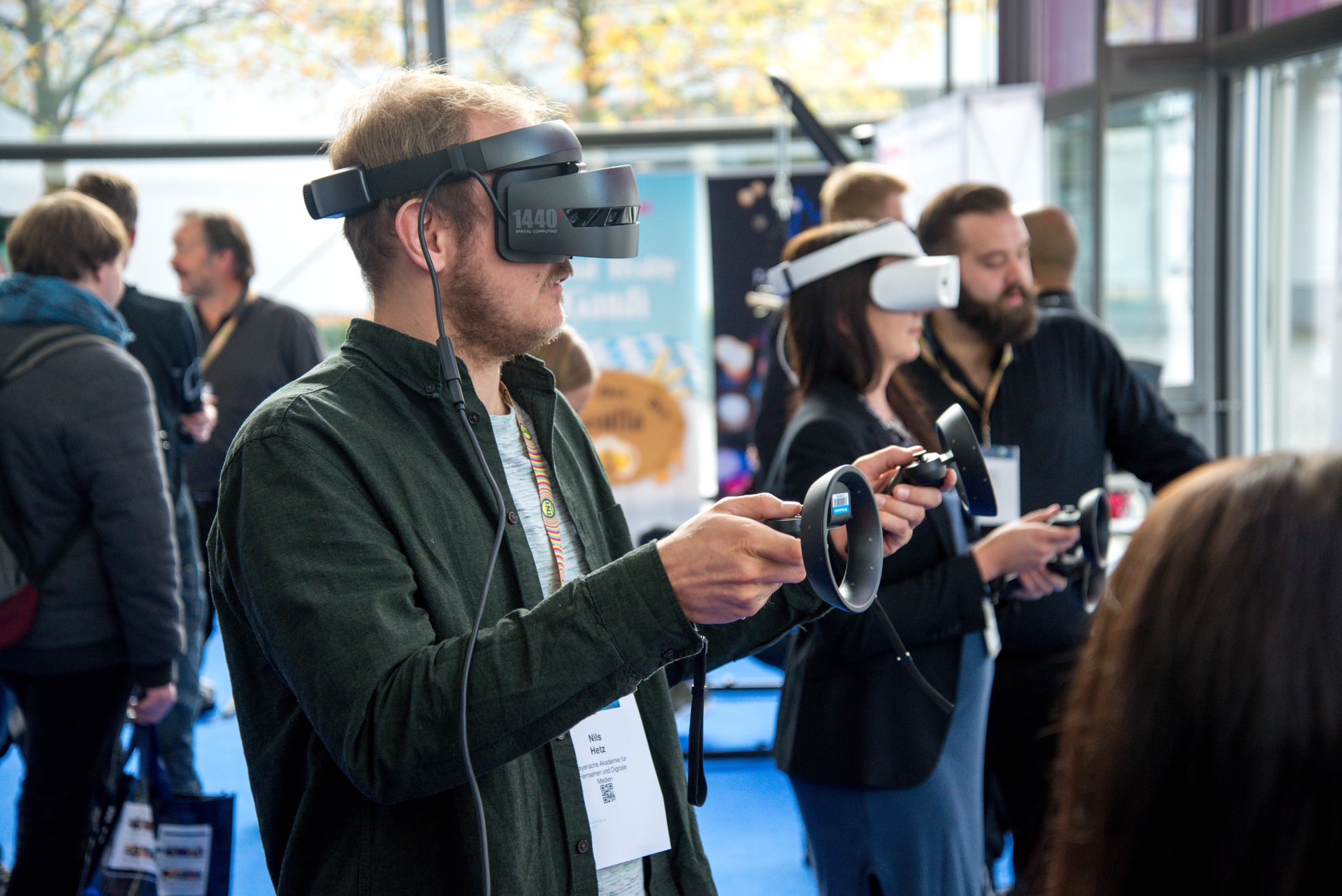Using Augmented Reality for Employee Onboarding
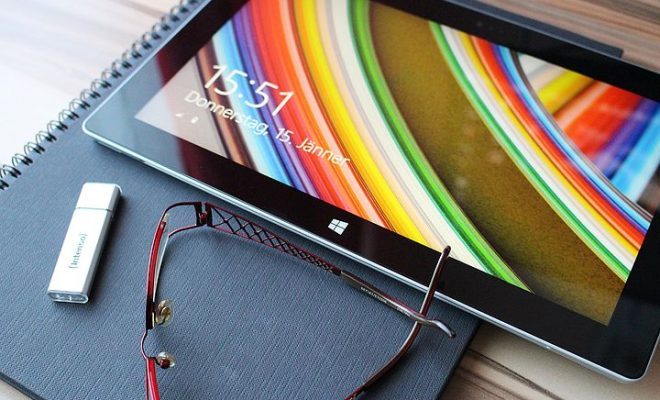
AR transcends traditional onboarding through interactive learning activities that will leave a lasting effect on your new workers. Are you prepared to use AR technology to onboard new employees?
Three Effective Ways to Greet New Employees
Does your company efficiently onboard new employees through hands-on training? In this post, we will look at the advantages of utilizing augmented reality (AR) for employee onboarding, as well as three examples that you may apply in your firm.
Why Is Employee Onboarding Necessary?
Organizations may create a strong workplace culture that enhances employee retention and lowers turnover costs by implementing a planned onboarding program. Onboarding helps employees reduce their first-day nervousness, enhance their productivity, and become more proficient in their work sooner.
While traditional onboarding effectively gets new workers up to speed, future learning technologies such as augmented reality (AR) have created more current, interactive learning experiences that boost engagement and knowledge retention.
Let’s delve deeper into the advantages of adopting AR for onboarding and look at instances that you can use for your organization’s onboarding.
5 Advantages of Using Augmented Reality in Onboarding
AR improves onboarding by providing learners with a more engaging onboarding experience through hands-on experiences. Text, photos, video, and 3D models are superimposed in the real world with AR technology. Learners can conduct realistic, hands-on interactions with digital learning resources once they are put in.
Specifically, when onboarding new employees, your firm can reap the following five benefits with AR:
- Training can be easily reused and distributed at a large scale.
- Avoid relying on subject matter experts for information.
- Shorten the time it takes to resolve problems.
- Provide new hires with standardized onboarding materials.
- Minimize potential workplace safety accidents.
Next, let’s look at three examples of how you use AR technology to onboard new staff.
3 Augmented Reality Onboarding Examples
- Arrange for an AR Scavenger Hunt for Employees
A new employee, regardless of industry, requires time to acclimatize to their new organization. Understanding crucial facts about the organization’s beginnings, workplace culture, and basic principles are required. This process may take days or even months to complete for certain employees.
Workers can use an iPad, tablet, or mobile device while on a scavenger hunt throughout their new office to speed up this process and provide new employees with an exciting onboarding exercise. Learners simply scan real-world 2D pictures (such as a poster or sign) to complete the activity, then engage with digital, custom-built learning materials in front of them.
- Interactive digital banners displaying information about the organization’s founders and beginnings
- An elaborate map of the employee’s new work environment identifying the placement of crucial sections (e.g., emergency exits and bathrooms)
- Pop-up videos introducing members of senior leadership
Instead of a standard onboarding experience, such as a tour or an in-person introduction to leadership, these activities provide a visual introduction to an organization. With this AR technology, employees are likely to be more eager to complete their onboarding and learn about their new firm.
- Complete Process Training via Extensive AR Demonstrations
AR technology can be utilized to display crucial instructions for any real-world chores that a new employee’s employment necessitates. These augmented reality demos can teach students about complex procedures such as assembly line operations or how to manage money at a register.
In the retail industry, for example, a new hire can be instructed on their store’s POS system, current policies, and best customer service skills. Learners create a digital replica of their store’s POS system by scanning a flat area in front of them and tapping their screen. Following that, students can try completing the following tasks:
- Applying discounts
- Sending digital receipts
- Providing adequate change
- Refunding customers
The main advantage that AR gives to retail training is that new employees may train without thinking about how their actions would affect the reputation, revenue, or client base of their store.
- Use AR Object Recognition to Conduct Equipment Training
AR can instruct new employees on sophisticated machinery and equipment without using real-world equipment (e.g., engines, POS systems, motors, and drills). Regardless of the intricacy of the gear or equipment, augmented reality (AR) recreates real-life things as detailed digital forms that learners can operate, investigate, and master before starting their new work.
Consider the perspective of a novice automobile technician who is still learning important processes. One of their primary jobs is to operate and maintain complicated vehicles. Instead of typical training methods such as job shadowing, the new technician can learn how to change a tire using AR object recognition.
The learner can overlay digital assets such as:
- Informational text related to the object
- Watch virtual demonstrations of various operations by just scanning the real-world tire.
- Isolated sections that highlight specific parts of the object
Do You Support Augmented Reality for Onboarding?
AR transcends traditional onboarding through interactive learning activities that will leave a lasting effect on your new workers. Are you prepared to use AR technology to onboard new employees?

